 Comfort Food, Self-Care & Writing
Comfort Food, Self-Care & Writing
Thursday, December 4 at 12 – 1pm PDT
A FREE Virtual Event
Unable to attend? No worries. Register anyway and receive the replay!
Feed your body and your creativity! Join WNBA–San Francisco for a deliciously inspiring Lunch n Learn with Chef Rossi, author of The Raging Skillet and The Punk Rock Queen of the Jews, and Jessie-Sierra Ross, author of Seasons Around the Table and creator of Straight to the Hips, Baby.
In this lively conversation — moderated by networking ambassador Debra Eckerling, The Book Proposal Expert — Chef Rossi and Jessie-Sierra will share how food, storytelling, and self-care intertwine. Discover how cooking and writing both nourish the soul, how comfort food can fuel creativity, and how taking time for yourself can make your stories even richer.
Bring your lunch, your appetite for inspiration, and your favorite notebook!
Come for the conversation, stay for the community, and leave feeling full in every sense of the word.
About the Speakers
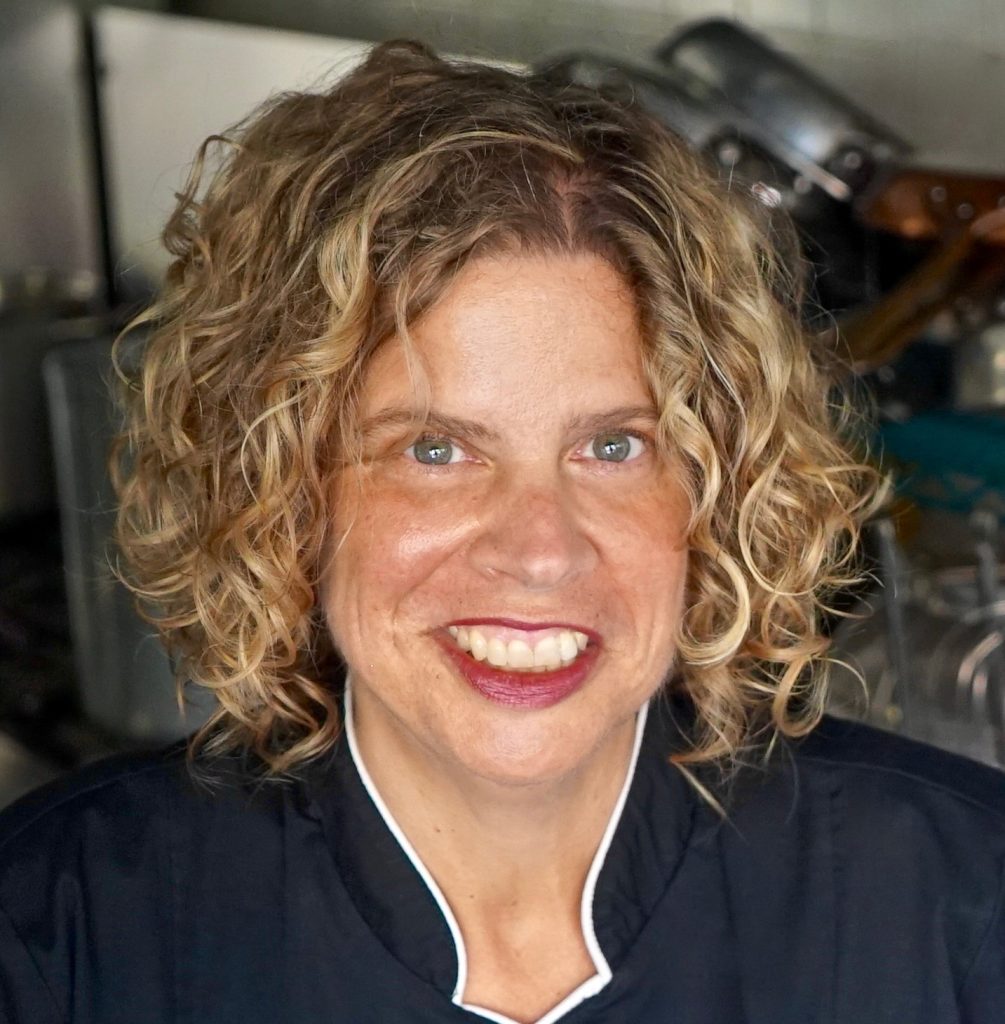 Chef Rossi is the director, owner, and executive chef of “The Raging Skillet,” a cutting-edge catering company known for breaking any and all rules. She penned the memoirs, The Raging Skillet and The Punk Rock Queen of the Jews, and has also written two full-length plays, a number of one-act comedies, and a one-woman stage adaptation of The Punk Rock Queen of the Jews. She hosts the Raging and Eating podcast. TheRagingSkillet.com.
Chef Rossi is the director, owner, and executive chef of “The Raging Skillet,” a cutting-edge catering company known for breaking any and all rules. She penned the memoirs, The Raging Skillet and The Punk Rock Queen of the Jews, and has also written two full-length plays, a number of one-act comedies, and a one-woman stage adaptation of The Punk Rock Queen of the Jews. She hosts the Raging and Eating podcast. TheRagingSkillet.com.
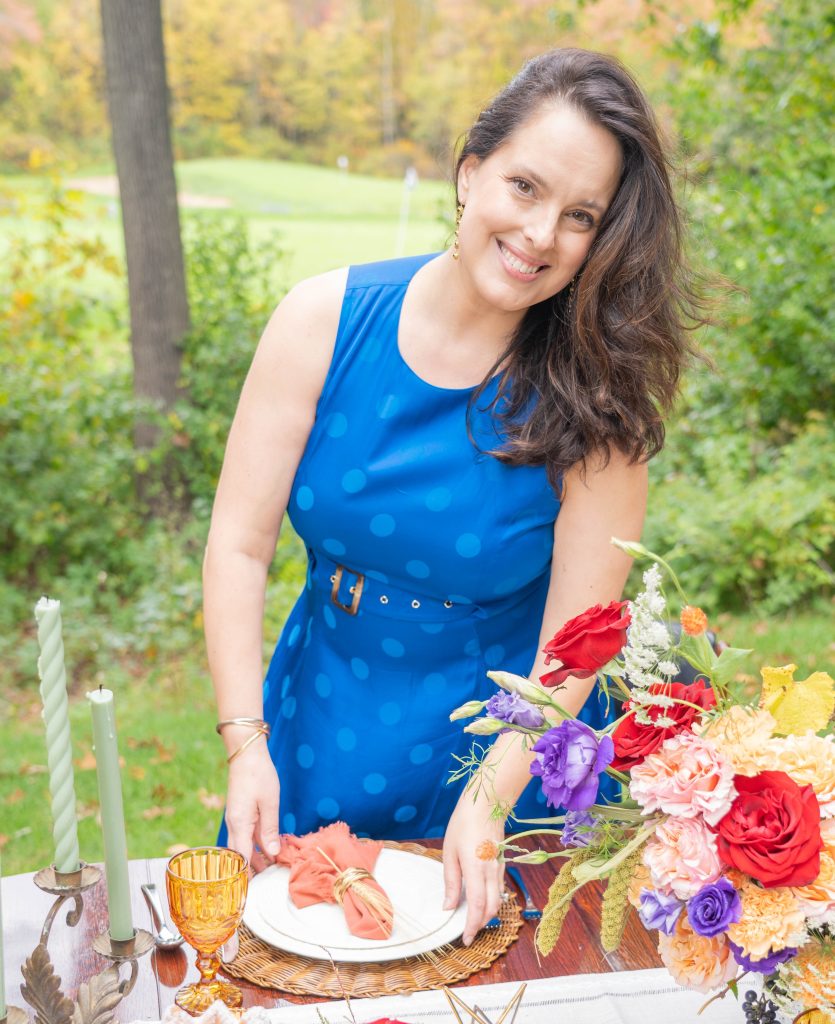 Jessie-Sierra Ross is a food stylist, photographer, and creator of the award-winning blog Straight to the Hips, Baby. Her debut cookbook, Seasons Around the Table, celebrates the beauty of fresh, seasonal cooking and the joy of gathering. Jessie-Sierra’s work has appeared in Better Homes & Gardens, The FeedFeed, and Taste of Home. She brings her warmth, creativity, and culinary passion to every conversation.
Jessie-Sierra Ross is a food stylist, photographer, and creator of the award-winning blog Straight to the Hips, Baby. Her debut cookbook, Seasons Around the Table, celebrates the beauty of fresh, seasonal cooking and the joy of gathering. Jessie-Sierra’s work has appeared in Better Homes & Gardens, The FeedFeed, and Taste of Home. She brings her warmth, creativity, and culinary passion to every conversation.
 Moderator: Debra Eckerling is a goal strategist, author, podcaster, and book proposal expert who helps writers, entrepreneurs, and consultants transform their ideas into sellable book proposals. Debra is the author of Your Goal Guide: A Roadmap for Setting, Planning and Achieving Your Goals and 52 Secrets for Goal-Setting and Goal-Getting, and hosts Taste Buds with Deb, GoalChat, and the Book Proposal Podcast. Learn more at TasteBudswithDeb.com and TheBookProposalExpert.com,
Moderator: Debra Eckerling is a goal strategist, author, podcaster, and book proposal expert who helps writers, entrepreneurs, and consultants transform their ideas into sellable book proposals. Debra is the author of Your Goal Guide: A Roadmap for Setting, Planning and Achieving Your Goals and 52 Secrets for Goal-Setting and Goal-Getting, and hosts Taste Buds with Deb, GoalChat, and the Book Proposal Podcast. Learn more at TasteBudswithDeb.com and TheBookProposalExpert.com,
To register, please fill out the form below:
Registration is now closed. Visit our homepage to sign up for email notifications and never miss a WNBA-SF event!

 The Art of the Book Pitch
The Art of the Book Pitch Brenda Knight is a distinguished publishing professional with more than 25 years of experience, currently serving as Publisher at Books That Save Lives and President of the Women’s National Book Association, San Francisco Chapter. Starting at HarperCollins, she worked with luminaries like Paulo Coelho, Deepak Chopra, and His Holiness the Dalai Lama, honing her editorial expertise. In 2015, she was named IndieFab’s Publisher of the Year for her innovative leadership.
Brenda Knight is a distinguished publishing professional with more than 25 years of experience, currently serving as Publisher at Books That Save Lives and President of the Women’s National Book Association, San Francisco Chapter. Starting at HarperCollins, she worked with luminaries like Paulo Coelho, Deepak Chopra, and His Holiness the Dalai Lama, honing her editorial expertise. In 2015, she was named IndieFab’s Publisher of the Year for her innovative leadership.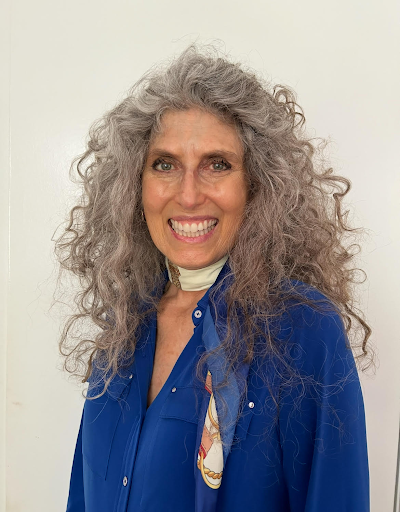

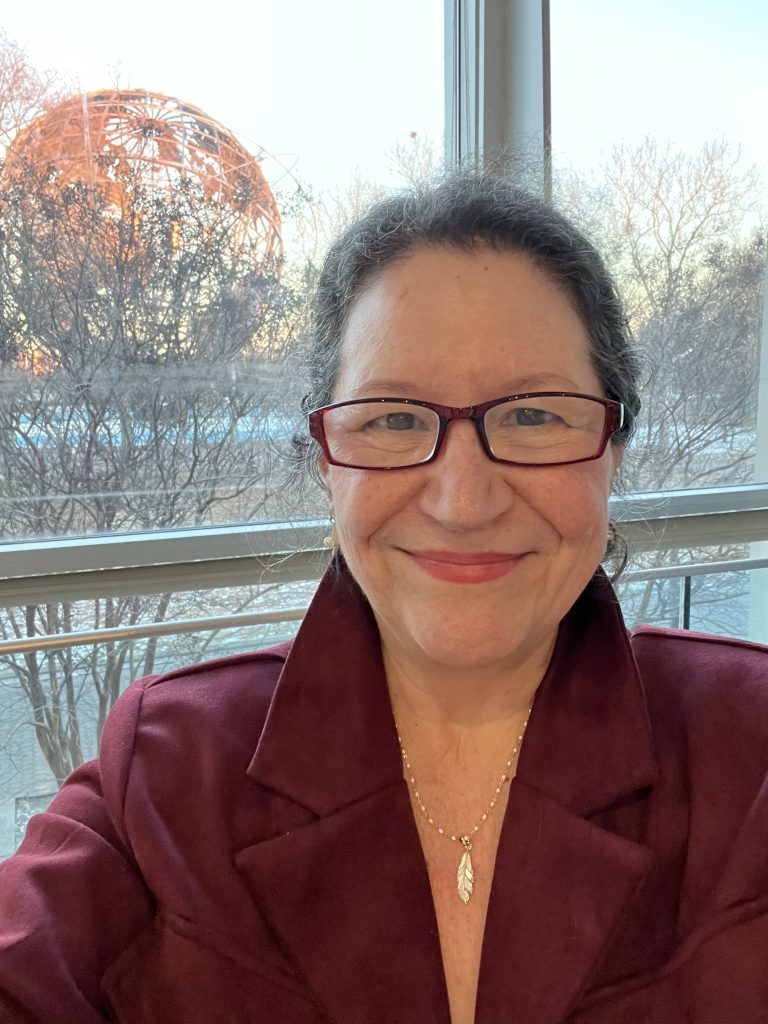 Laurie Sue Brockway is a seasoned writer of thousands of articles, 25 books, and many once-
Laurie Sue Brockway is a seasoned writer of thousands of articles, 25 books, and many once-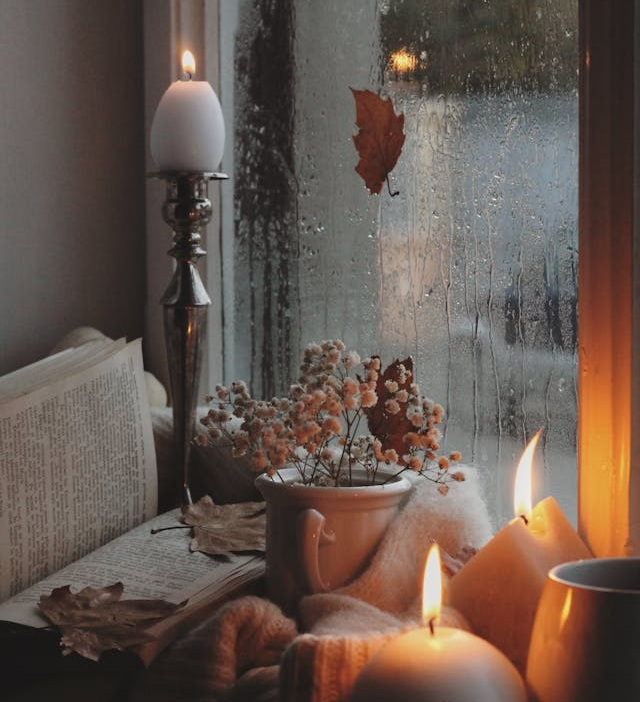
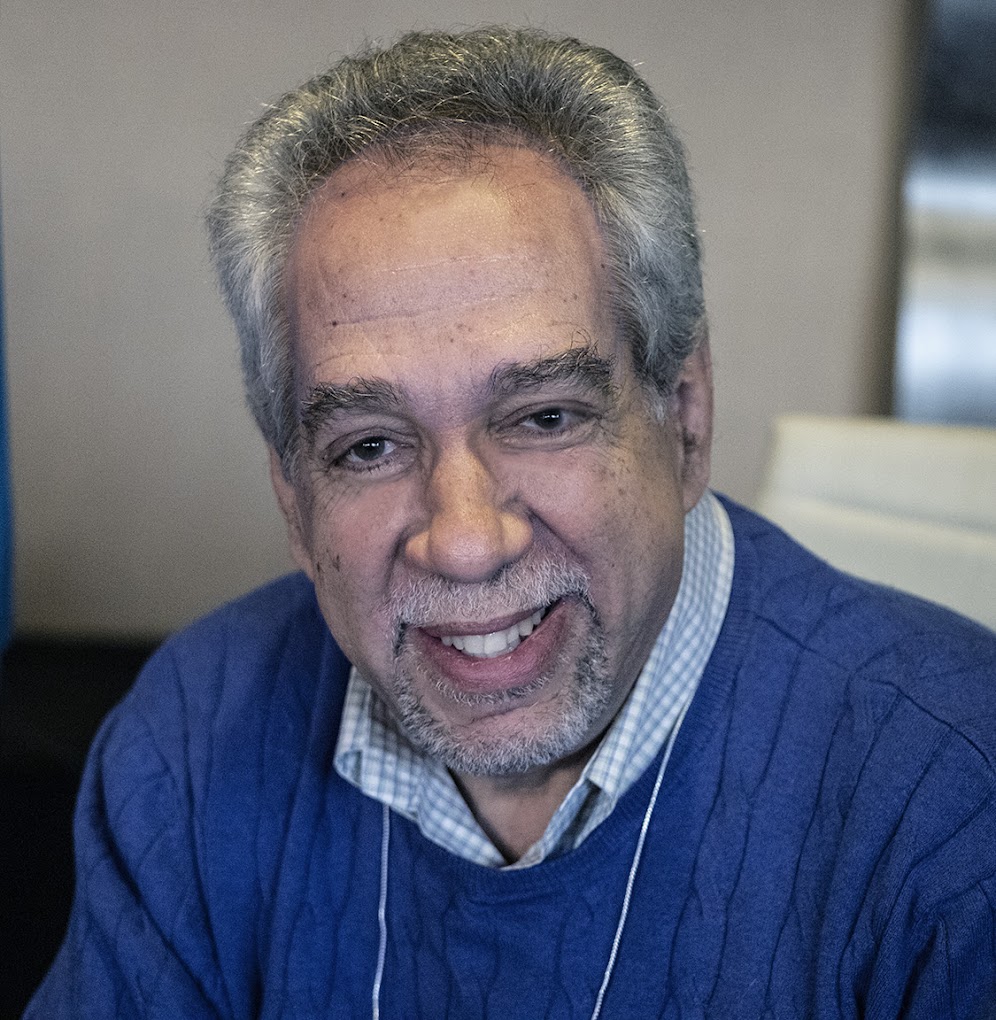 Paul S. Levine “wears two hats:” he is a lawyer (
Paul S. Levine “wears two hats:” he is a lawyer ( Debunking Myths of Hybrid Publishing
Debunking Myths of Hybrid Publishing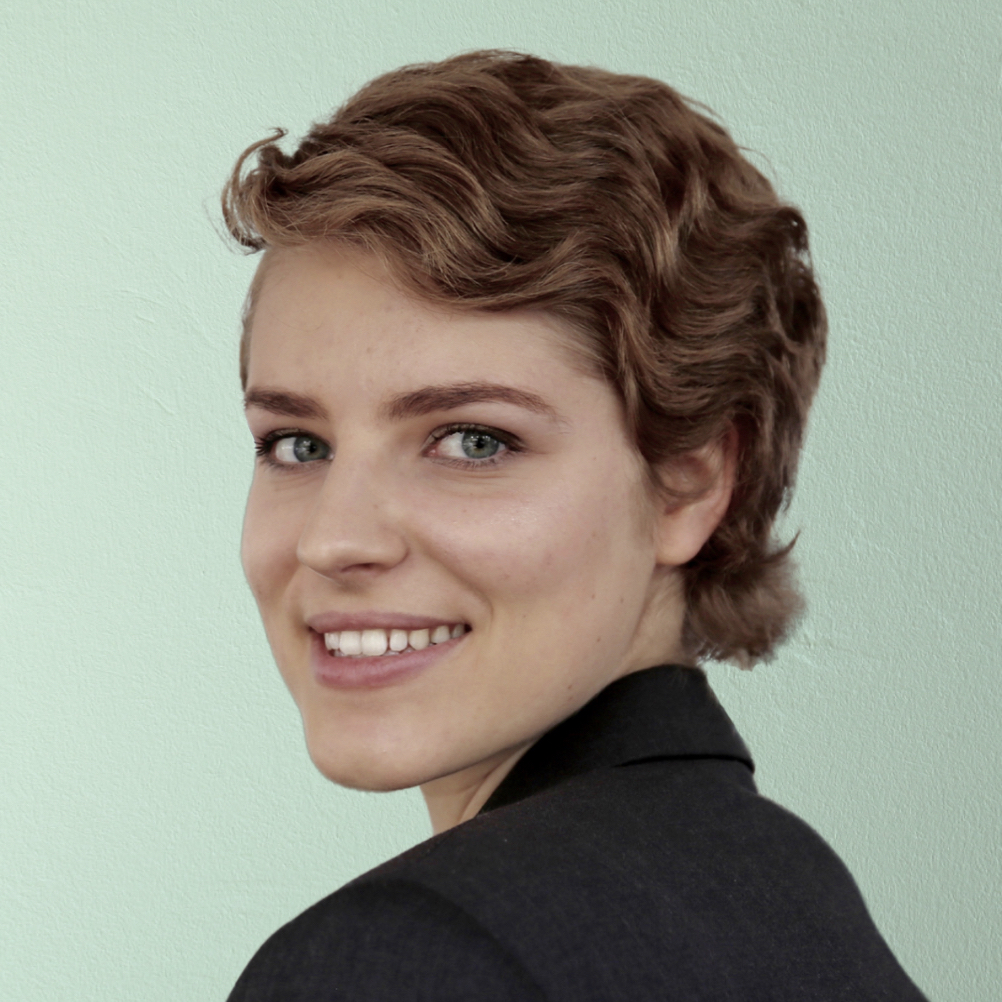
 Book Marketing with Dr. Judith Briles
Book Marketing with Dr. Judith Briles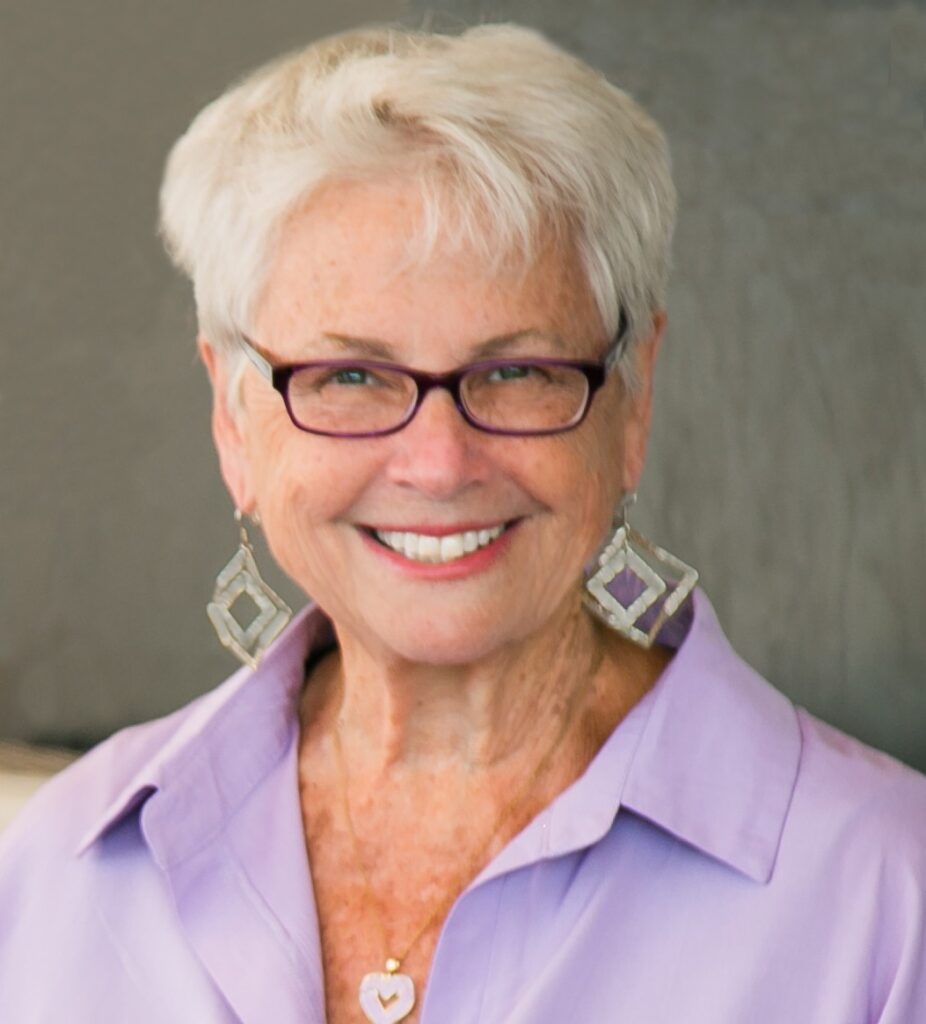 Dr. Judith Briles is the award-winning and best-selling author of 48 books earning over 60 book awards and recently awarded the Author Laureate honor. To date, her books have been translated into 17 countries with over 1,000,000 copies sold! Judith’s books, and work, have been featured in over 1,500 radio and TV shows. She is the host of the AuthorU-Your Guide to Book Publishing podcast that has received over 21 million downloads, posts less than three minute “how to publish and market” videos daily on her YouTube channel Dr. Judith Briles-The Book Shepherd and is the founder of the Colorado’s Authors’ Hall of Fame. Today, she will explore the wide, wide world of book marketing that leads to author success … that is, if you do it.
Dr. Judith Briles is the award-winning and best-selling author of 48 books earning over 60 book awards and recently awarded the Author Laureate honor. To date, her books have been translated into 17 countries with over 1,000,000 copies sold! Judith’s books, and work, have been featured in over 1,500 radio and TV shows. She is the host of the AuthorU-Your Guide to Book Publishing podcast that has received over 21 million downloads, posts less than three minute “how to publish and market” videos daily on her YouTube channel Dr. Judith Briles-The Book Shepherd and is the founder of the Colorado’s Authors’ Hall of Fame. Today, she will explore the wide, wide world of book marketing that leads to author success … that is, if you do it. Growing an Online Audience with TikTok
Growing an Online Audience with TikTok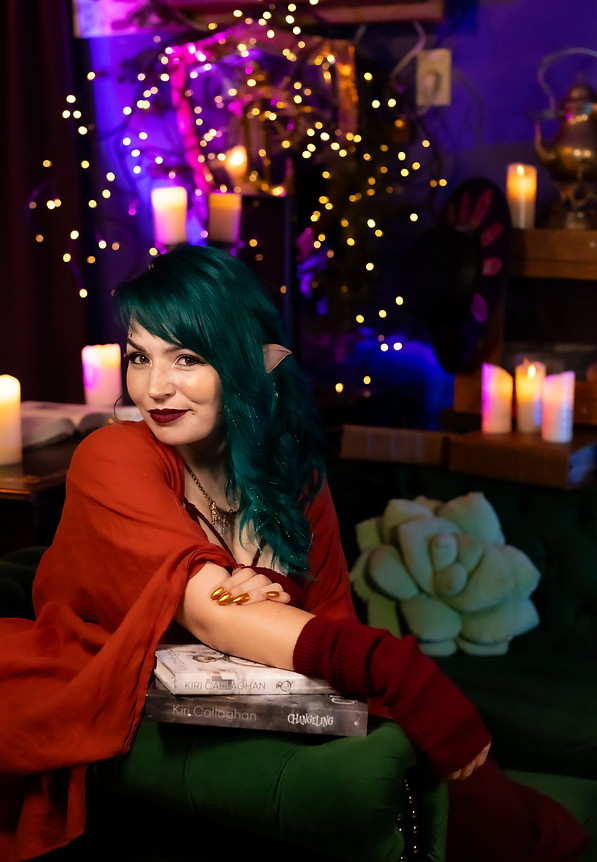 Kiri Callaghan
Kiri Callaghan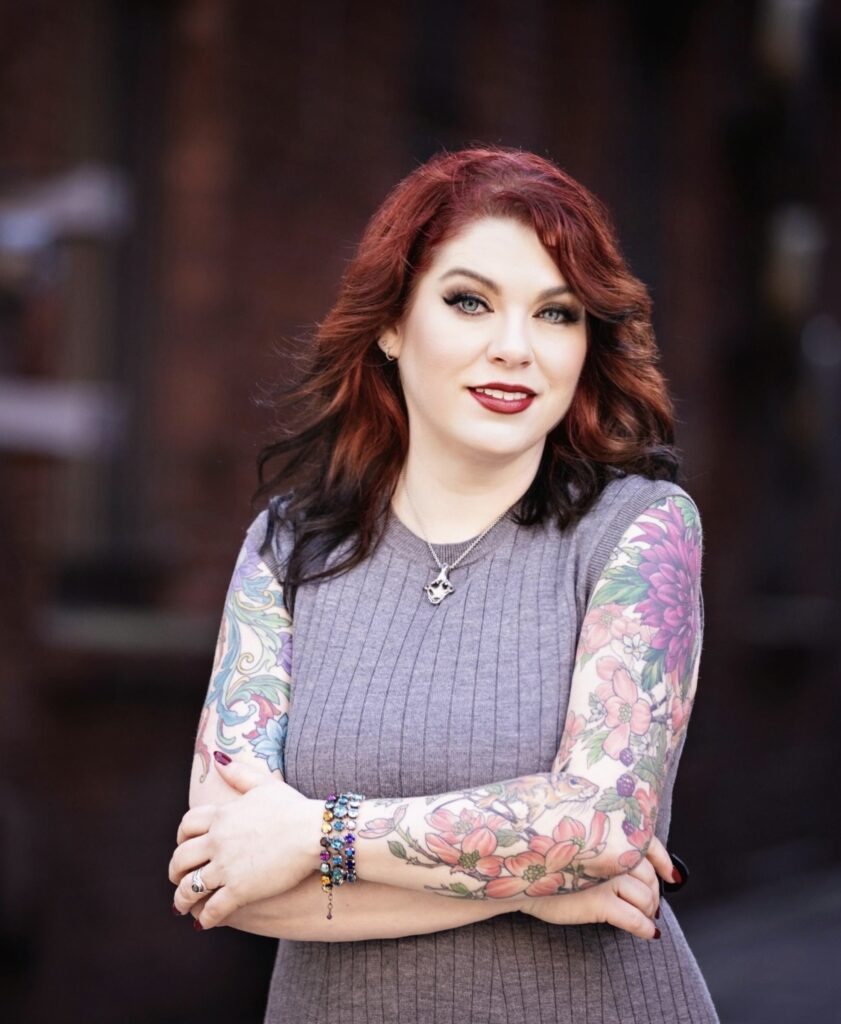 Ana Visneski
Ana Visneski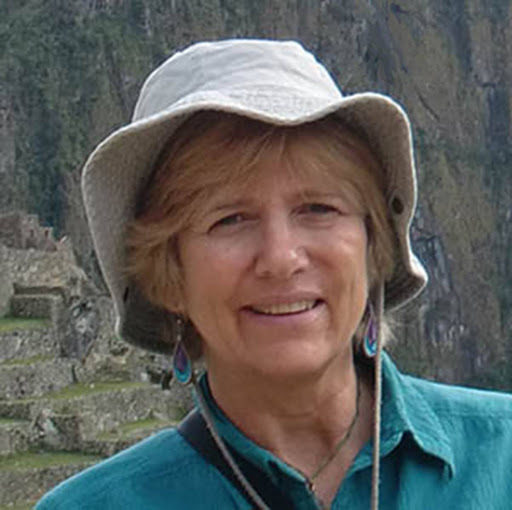
 Share & Grow: Writers’ Favorites Mixer
Share & Grow: Writers’ Favorites Mixer